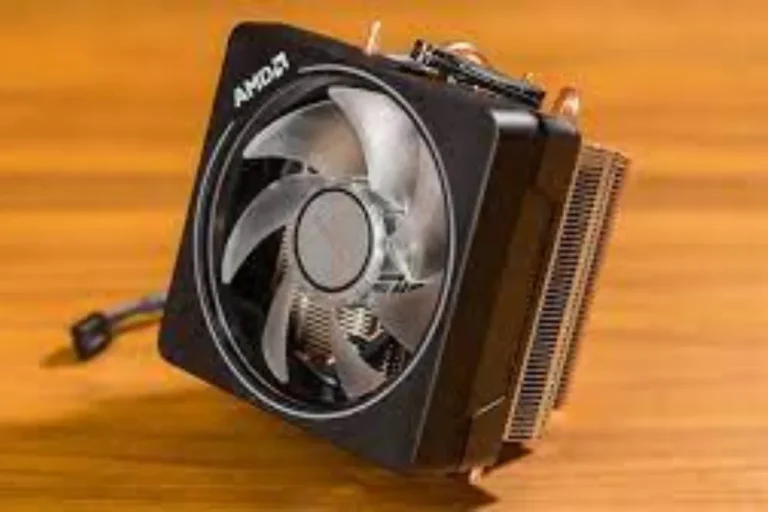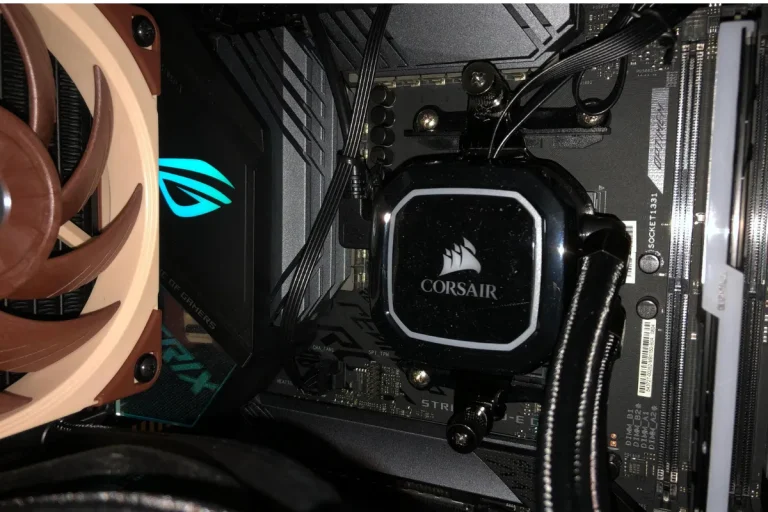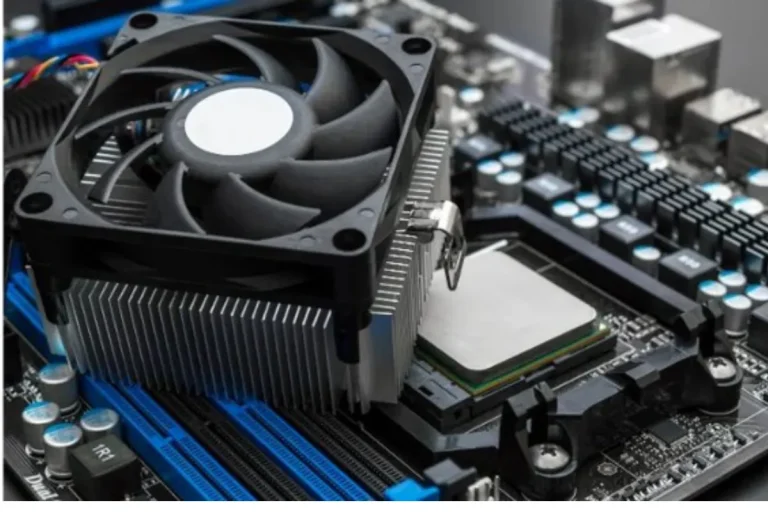Can you cool a PC with liquid nitrogen?
Yes, you read that right! Imagine pushing your computer’s performance to the absolute limit by harnessing the power of extreme cooling. In this blog post, we’ll explore the fascinating world of liquid nitrogen cooling for PCs.
The Concept of Extreme Cooling
When it comes to pushing the performance limits of your PC, traditional cooling methods might not always cut it. That’s where extreme cooling comes into play. By utilizing unconventional cooling techniques, such as liquid nitrogen, PC enthusiasts and professionals can achieve unprecedented levels of cooling efficiency, allowing for higher overclocking potential and enhanced overall performance.
Cooling methods and extreme cooling
To understand the significance of extreme cooling, let’s compare it to traditional cooling methods. Traditional cooling typically involves air or liquid cooling solutions, which are effective to a certain extent. However, they have their limitations when it comes to dissipating heat generated by high-performance components.
On the other hand, extreme cooling methods, like liquid nitrogen cooling, offer a drastic reduction in temperatures, ensuring optimal thermal management and providing a significant advantage for those seeking top-tier performance.
Benefits and drawbacks of extreme cooling
Extreme cooling brings several benefits to the table. Firstly, it allows for more headroom in terms of overclocking potential, as lower temperatures provide stability and prevent thermal throttling. Additionally, extreme cooling can lead to improved longevity of PC components by reducing the stress on them.
However, it’s important to note that extreme cooling also comes with certain drawbacks. For instance, the cost of implementing and maintaining an extreme cooling setup can be quite high. Moreover, the risk of condensation and potential damage to components if not handled properly can be a concern.
Liquid Nitrogen Cooling for PCs
Liquid nitrogen cooling takes PC cooling to a whole new level by harnessing the power of extreme cold. Liquid nitrogen, which is nitrogen gas in its liquid state, is poured or circulated onto specific components of a PC, such as the CPU or GPU.
As it comes into contact with these components, the liquid nitrogen rapidly evaporates, absorbing heat and lowering their temperatures to astonishingly low levels.
Discussion on the required hardware modifications.
Implementing liquid nitrogen cooling necessitates certain hardware modifications. To begin with, a specialized cooling system is required to safely handle and distribute the liquid nitrogen. This typically involves a container to hold the liquid nitrogen, insulated tubing, and a mechanism to regulate the flow.
Additionally, the CPU or GPU may need to be modified to accommodate the cooling system, which could involve removing the stock cooling solution and installing a specialized cooling block.
Safety precautions and potential risks
Using liquid nitrogen for PC cooling requires strict adherence to safety precautions. Firstly, handling liquid nitrogen should only be done by experienced individuals, as it is extremely cold and can cause severe frostbite upon contact.
Proper ventilation is also crucial to prevent the buildup of nitrogen gas, which can displace oxygen and pose a suffocation risk. Moreover, condensation resulting from the extreme temperature difference can potentially damage sensitive components if not managed properly.
While liquid nitrogen cooling offers exceptional cooling capabilities, it’s important to acknowledge the associated risks. Mishandling or improper usage can lead to component damage, system instability, or even personal injury.
Therefore, it’s crucial to educate yourself thoroughly, follow safety guidelines, and consult experienced individuals before venturing into the world of liquid nitrogen cooling.
Overclocking with Liquid Nitrogen

Overclocking is increasing the clock speed of a computer’s components, such as the CPU or GPU, beyond their stock specifications. It’s a popular technique among PC enthusiasts and gamers to squeeze out extra performance from their systems.
Regarding extreme overclocking, liquid nitrogen cooling plays a crucial role. By keeping temperatures extremely low, liquid nitrogen enables higher clock speeds and improved stability, pushing the boundaries of performance.
Discussion on the advantages and challenges
Overclocking with liquid nitrogen offers several advantages. Firstly, the extreme cooling allows for significantly higher clock speeds, resulting in improved computational power and faster processing times. This can be a game-changer for tasks that require intense CPU or GPU performance, such as gaming, video editing, or scientific simulations.
However, overclocking with liquid nitrogen also presents challenges. The need for constant supply and handling of liquid nitrogen can be costly and require technical expertise. Additionally, the stability of an overclocked system can be more difficult to maintain, as extreme cooling introduces unique variables that need to be carefully managed.
Examples and success stories of extreme overclocking
Many enthusiasts have achieved remarkable overclocking feats using liquid nitrogen. For instance, world records have been set in CPU and GPU performance benchmarks, with unprecedented clock speeds.
These achievements showcase the immense potential liquid nitrogen cooling brings to overclocking. The ability to push hardware to its absolute limits and achieve record-breaking performance is a testament to the power of extreme cooling techniques.
Frequently Asked Questions
1. Why is liquid nitrogen cooling popular among PC enthusiasts and professionals?
Liquid nitrogen cooling is popular because it allows for extreme overclocking, pushing hardware to its limits and achieving higher performance. It enables enthusiasts and professionals to unlock the full potential of their CPUs and GPUs, resulting in faster processing times and improved computational power.
2. Can you provide an overview of extreme overclocking competitions and records?
Extreme overclocking competitions are events where enthusiasts compete to achieve the highest clock speeds and benchmark scores using liquid nitrogen cooling. These competitions often attract top overclockers from around the world who showcase their skills and innovative cooling setups.
3. What are some innovative cooling setups and achievements in liquid nitrogen cooling?
Liquid nitrogen cooling has led to the development of unique and innovative cooling setups. These setups often involve custom-built cooling rigs, insulated containers, and intricate cooling loops.
4. I’m new to liquid nitrogen cooling. Are there any risks involved?
Yes, there are risks associated with liquid nitrogen cooling. Extreme temperatures can potentially damage PC components, and condensation can cause harm if not properly managed.
5. Can anyone use liquid nitrogen cooling, or is it limited to professionals?
While liquid nitrogen cooling is often associated with professionals and extreme overclocking enthusiasts, anyone with the necessary knowledge and equipment can utilize this cooling method.
Conclusion
Cooling a PC with liquid nitrogen is an extreme and unconventional method that offers remarkable performance gains. However, it comes with notable limitations and challenges, including the cost and availability of liquid nitrogen, maintenance requirements, and potential risks to PC components.
While it may be enticing for enthusiasts and professionals seeking maximum overclocking potential, it requires careful consideration and expertise to ensure its safe and effective use.



